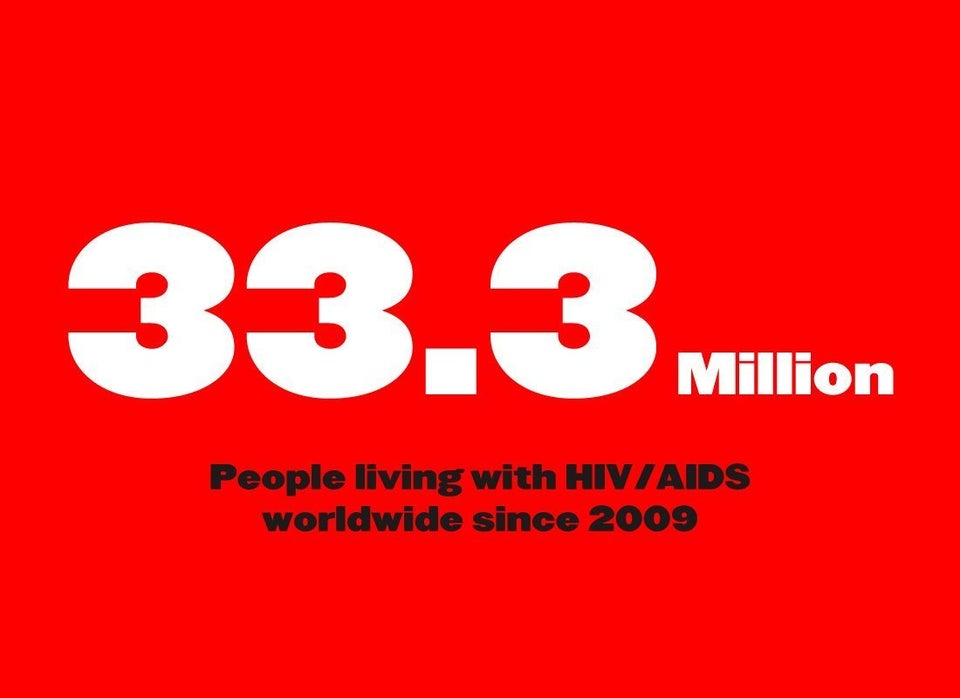
A sexually transmitted disease epidemic is growing in the United States, the Centers for Disease Control and Prevention reported last week. The federal agency pointed to its 2015 screening recommendations and noted that "too many young people are not tested, and therefore don’t know they are infected."
But there's something odd about their current guidelines. Testing for the most common STDs -- chlamydia and gonorrhea -- is only recommended for women and men who have sex with men. In comparison, the CDC doesn't make any chlamydia and gonorrhea testing recommendations for straight males outside of high-prevalence clinical settings, like correctional facilities.
What gives?
On one hand, men who have sex with men are at a higher risk for sexually transmitted diseases, particularly syphilis. These men accounted for 83 percent of male syphilis cases in 2014.
And women have a lot to lose from contracting chlamydia or gonorrhea, infections that don't always manifest symptoms but, if left undiagnosed, can have painful health consequences. Approximately 24,000 women in the United States become infertile because of sexually transmitted infections each year. Worldwide, human paillomavirus causes 530,000 cervical cancer cases and 275,000 deaths each year, according to the World Health Organization, and transmissions from mother to child can cause birth defects.
But as the Cut rightly noted this week, women aren't exclusively getting sexually transmitted infections from other women and bisexual men. Some of those infections are clearly being transmitted to them from straight men, who aren't included in CDC's current testing recommendations.
As it stands, men aren't the most reliable cohort when it comes to taking care of their own health. Only 70 percent of men have at least one health care visit every year, according to the CDC, a number that falls even lower -- to just 60 percent -- among unmarried, cohabitating men.
In general though, this narrative feels similar to the reasons that doctors don't recommend HPV vaccines to the parents of young boys at the same rates that they recommend them to the parents of young girls. Despite the public health benefits of both sexes receiving the vaccine, the health stakes are simply higher for women.
Pushing increased testing for stigmatized (and in the case of HIV, even criminalized) diseases isn't an easy task. According to Dr. Vanessa Cullins, vice president for external medical affairs at Planned Parenthood Federation of America, it's going to take a cultural shift to increase testing rates, not only for men, but for women and teens, too.
"It's important for people to understand that you can't look at somebody and tell whether or not they're infected with any of these sexually transmitted infections," Cullins said, noting that Affordable Care Act could be a instrumental in getting people more involved in their own preventative health care. (Cullins noted that you can actually text Planned Parenthood at PPINFO if you have sexual health questions that you're too embarrassed to ask in person or over the phone.)
Still, if the CDC hopes to take a big-picture approach to driving down STD rates, the first step might be recommending testing to all sexually active people, not just those who have the most to lose.
Also on HuffPost:
